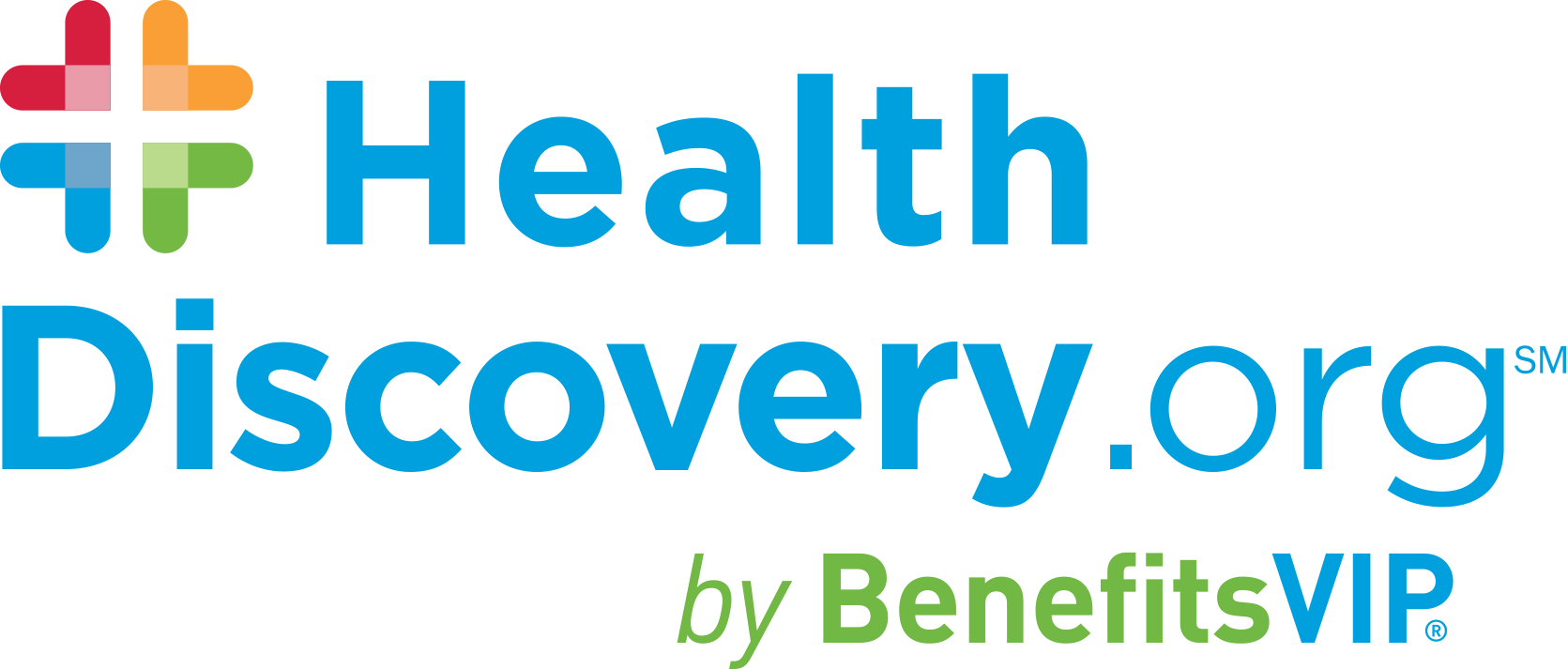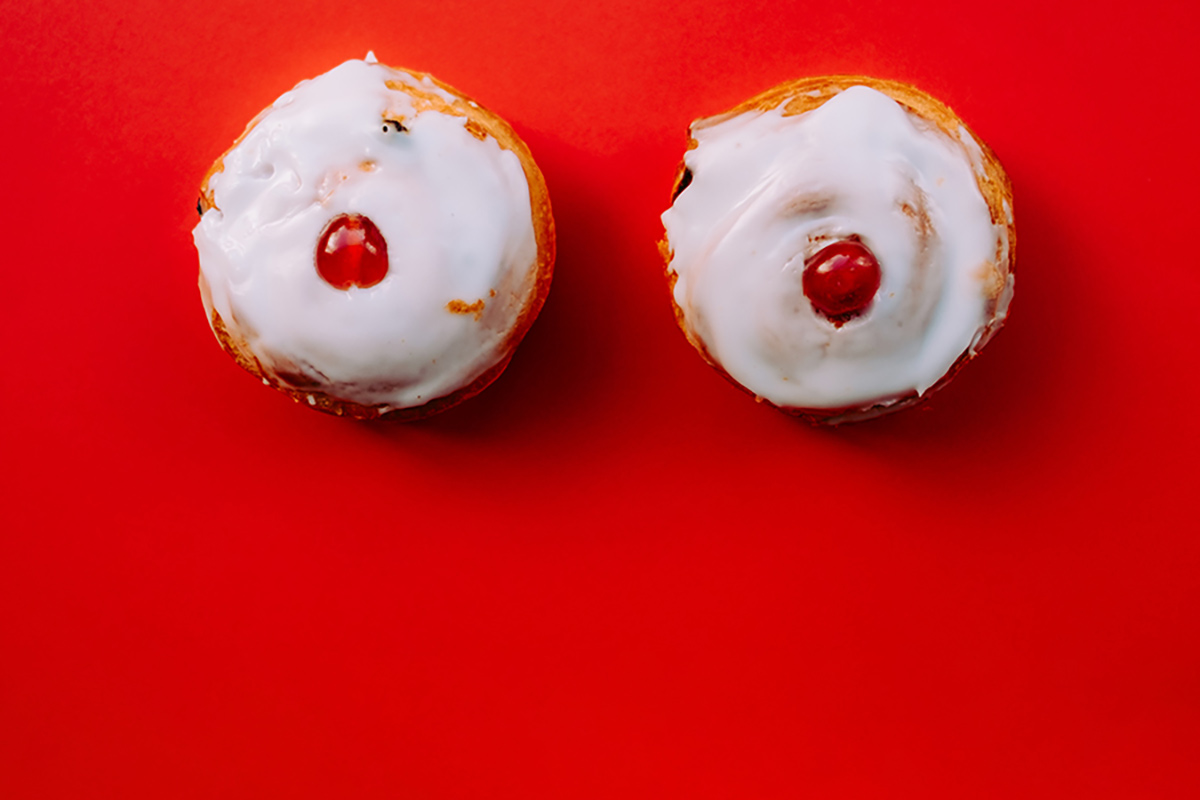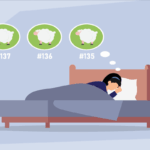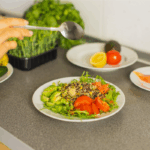Five years ago, I was in for a rude awakening when it came to my first mammogram. The pulling and pressing and squishing was a bit much! Advances in technology have introduced alternative, low-cost, cone-beam breast computed tomography (CBBCT) now available in the U.S, though not at all sites, nor with all insurances. With the first no-compression mammogram, the patient lies face-down on a table, putting a hole-in-one. Truly…. she inserts her breast into a hole which images a 360-degree scan from under the table in just minutes. Radiologists can then look at individual layers of the breast tissue from any angle, dramatically reducing the failure to uncover abnormalities or lesions. This method also decreases radiation exposure of other areas of the body unnecessarily.
Guidelines for when to begin breast cancer screenings is up for debate. In May of this year, the United States Preventive Services Task Force, or USPSTF, (an independent volunteer group of national experts in prevention and evidence-based medicine) proposed new guidelines recommending that all women should be screened for breast cancer every other year, beginning age 40 (down from age 50 in prior recommendations). However, according to BreastCancer.org “The American Medical Association, the American College of Obstetricians and Gynecologists, the Society of Breast Imaging, the American Society of Breast Surgeons, the American Cancer Society, and the National Comprehensive Cancer Network have all issued guidelines saying that all women should be eligible for screening mammograms starting at age 40.”
Our recommendation is to consult with your physicians and insurance companies to see what’s right for you and what would be covered.
Fondly, I think back to my first time….
It’s time. I’m 40. I have family history. Okay, I’m nearing 42, but it is time for my first mammogram.
“I hear it hurts,” I remark to my doctor.
“Just mild discomfort for a few seconds,” she assures me. She continues on with these tips:
- Avoid wearing antiperspirant or powders for the X-ray.
- Discontinue caffeine 2 weeks before the test for better comfort.
- Wear a simple, 2-piece outfit so the mammographer has easy access.
As I look down at my 1-piece romper slashed with a white deodorant streak, holding my mocha coffee concoction, I realize there will be little modesty in that screening room.
I arrive to my appointment to an expressionless intake worker demanding documents and ID cards and pushing forms for me to complete. She sends me down a convoluted hallway to a second waiting room. I’m called back quickly and ushered to a changing cubby where the nurse robotically delivers her instructions and turns on her heel.
Wait, what? I worry. I hadn’t absorbed her swift orders and am nervous enough already. What did she say about the gown? And where do I go? I eventually realize the obviousness of it all and do as I’m told (gown open in front; sit in the, now, third waiting room).
A very sweet, middle-aged mammographer welcomes me back to the screening room as if she is going to serve me tea sandwiches and champagne. It’s a façade for the coming grinders and growlers. She wraps the lead apron around my waist and tells me to remove my right arm from my gown. The pizza dough preparation to follow could’ve been an I Love Lucy episode.
With nerves rattling, I step up to the machine for my first mammogram.
I turn my head a full 90 degrees, pressed against a plastic shield smeared with the sweat and tears of the women before me. Without warning, she grabs my… pizza dough… and yanks it onto the platform, pressing it down with her palm, as she operates a foot pedal to send down the compression plates. And compress they do!
She tells me to hold my breath; no problem because my lungs have already been siphoned onto the plates along with my soul. A second time to hold my breath and I’m done.
“Mild discomfort” my a**, Dr. Teat! Finally, I’m freed and resume normal breathing as I wonder if my pizza dough will reshape again. A Brooklyn pie in the making, for sure.
The mammographer repeats the X-ray on the other side and then we move to a new image that I like to call The Panini Press! Again with my face jammed against the shield like a criminal, I now have to raise one arm up and hug the machine while it vices me down. I mean, can it buy me dinner first?!
Similar to the first interloping, the mammographer tugs on me like break-n-bake cookies. But I’m not pre-scored, I want to scream. She finishes with the other side and we’re done. Ten minutes, four images, mountains of mortification.
I wrap myself back into my gown, hold my head up high and proceed to the changing cubbies again. Never looking back at the mammographer with whom I’ve become so superficially intimate with, I hear Dean Martin faintly in the distance…. That’s amore.
The following week, I get an email that there has been an update to Dr. Teat’s patient portal. I cringe, flashing back to my doughnut-making event and with apprehension on what I’m about to discover. Did they find anything suspicious? A cyst? A tumor? Will I need a follow-up diagnostic mammogram? An ultrasound? It could go in so many directions. After all, breast cancer is the second leading cause of cancer death in women (behind lung cancer).
I login to the portal and look for the tab on test results. There it is: Screening Mammogram. The result? Normal. While my partner would beg to differ with such an assessment of me, I’m gratified! The report goes on to read that there are no significant abnormalities. The breasts appear symmetrical with no masses, distorted structures or suspicious calcifications. I let out a sign of relief. No more kneading needed… at least until next year. I now know the discomfort of a screening mammogram is worth the peace of mind. Easy as pie 😉











